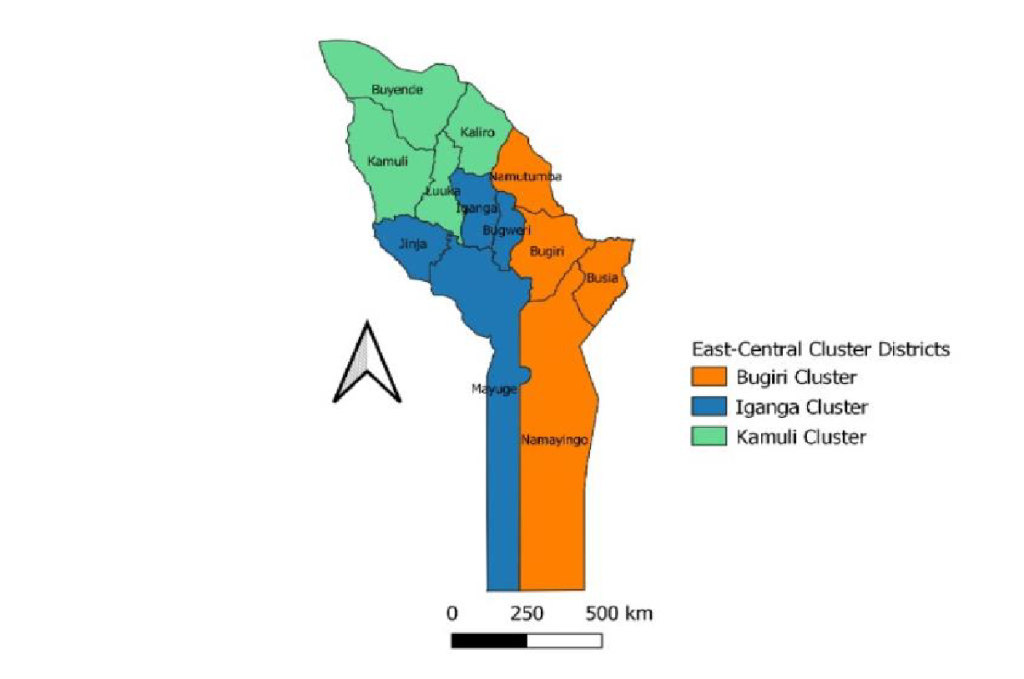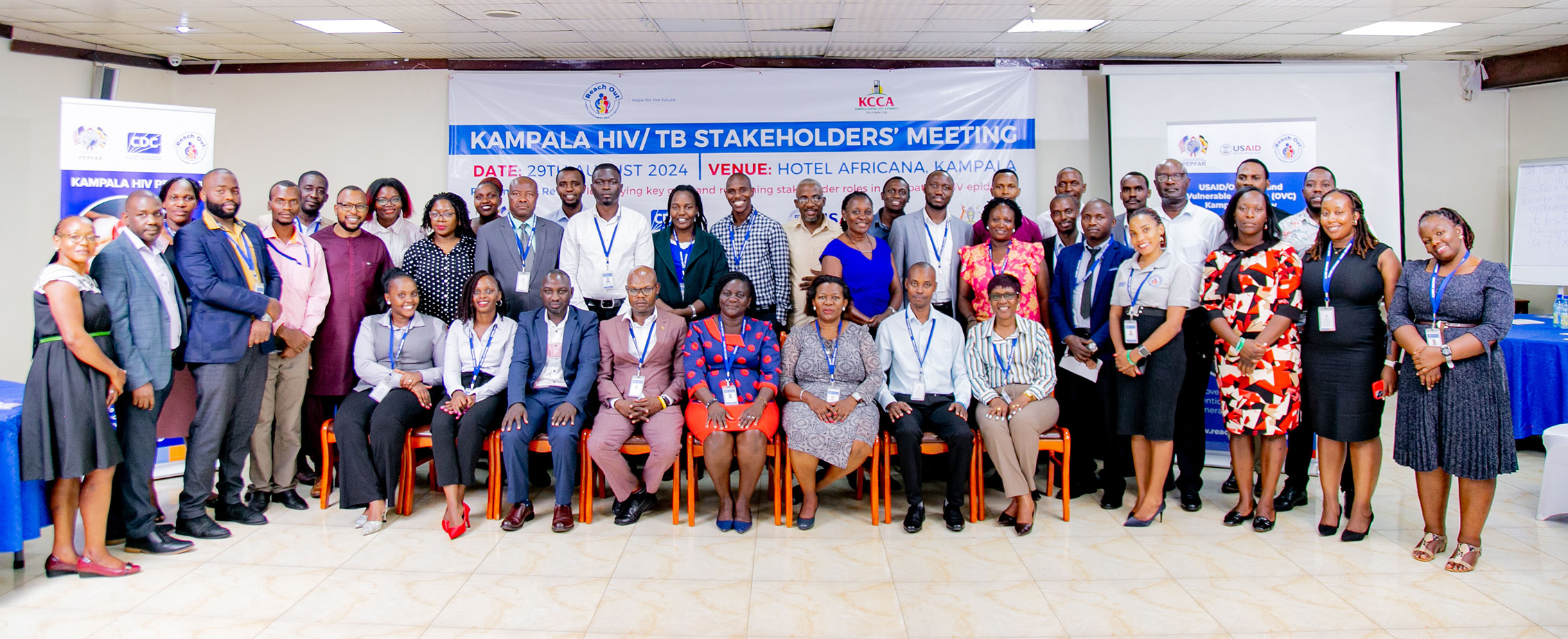MJAP leads a USD 33 million, five-year PEPFAR-funded project through the U.S. Department of State, supporting 174 health facilities across 12 districts and Jinja City.
– HIV Testing: 196,722 individuals tested (Oct 2024–Jun 2025); linkage rate >95%.
– Treatment: 94,421 PLHIV receiving ART, psychosocial support, and follow-up.
– PMTCT/EID: 98% ART initiation among HIV-positive mothers; 99% EID coverage for HIV-exposed infants.
– ART Coverage: 96,370 clients active on ART across 158 sites; viral suppression at 96%.
– TB/HIV Services: 93% TB case detection and 99.8% HIV status ascertainment among TB patients.
– Cervical Cancer: 4,804 WLHIV screened in Q3 FY25 alone.
– Innovations: Person-Centered Metrics (PCM), integration of HIV/NCD/mental health screening and private-sector ANC/PNC partnerships.
What we do.
1) support continued implementation of a district-based integrated package of quality HIV/AIDS and TB services in the public sector to contribute towards the attainment and sustenance of epidemic control; and 2) provide comprehensive technical support through training, coaching and mentorship to targeted public facilities to enhance the delivery of quality HIV and TB services at the facility and community level.
The five key objectives of the project include:
- Quality facility and community-based HIV and TB prevention services are provided at scale within the East Central region.
- Quality, targeted, high-yield, facility and community-based HIV testing and counseling services provided at scale.
- All diagnosed people living with HIV and TB are promptly initiated on treatment.
- All diagnosed people living with HIV and TB on treatment within the East Central region in Uganda achieve viral suppression.
- District leadership has the institutional capacity to sustain epidemic control and maintenance.
Where We Work.
LPHS-EC works in the twelve supported districts and one City (Jinja) within the East-Central region of Uganda (Figure 1 & Table 1.0.1). The project supports the delivery of HIV and TB services to populations at 129 public health facilities and their catchment communities in the 13 administrative units. The EC region has 531 healthcare facilities, ranging from regional referral hospitals to health center II levels, of which 137 sites are accredited to offer antiretroviral therapy (ART) and 129 have PEPFAR targets in FY25.
Showing USAID LPHS-EC Service coverage in the East Central region
| Element | MJAP East Central Region |
Comments |
| # Regions Supported | 2 | Busia District cuts across Busoga & Bukedi |
| # Districts /Cities supported | 13 | Includes one (01) City |
| # Sites include Lab support | 170 | |
| # ART SITES Supported | 129 | This excludes Jinja Police HCIII |
| # HTS SITES Supported | 170 | |
| # PMTCT SITES Supported | 169 | |
| # CXCA SITES Supported | 128 | |
| # TB/HIV SITES Supported | 106 | DTUs |
| # VMMC SITES Supported | 28 | |
| # PrEP SITES Supported | 72 | |
| # GBV SITES Supported | 113 |
LPHS-EC has deployed field-based teams at the cluster and district levels, consisting of technical and program support staff, to support the implementation of HIV and TB services.


| Bugiri Cluster | Iganga Cluster | Kamuli Cluster |
| Bugiri | Bugweri | Buyende |
| Busia | Iganga | Kaliro |
| Namayingo | Jinja | Kamuli |
| Namutumba | Mayuge | Luuka |
Target Populations.
The target populations for the project include all persons affected by the generalized HIV epidemic and offer patient-centered services to Key and Priority Populations (KP & PP) without discrimination while maintaining patient confidentiality and patient rights. The KP and PPs include Female Sex Workers (FSWs), Transgender persons, fisher folk, highly mobile populations, partners in sero discordant relationships, children and adolescents living with HIV, Men who have sex with men (MSMs), Adolescent Girls and Young Women (AGYW), Pregnant and Breastfeeding women (PBF) and their male partners, and Orphans and Vulnerable Children (OVC).



